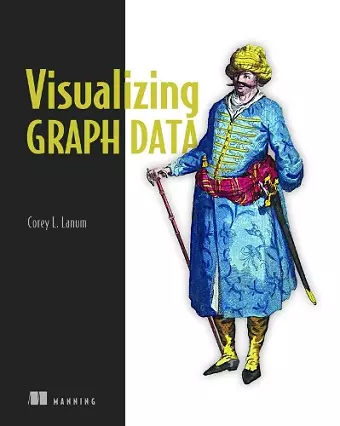Visualizing Graph Data
Format:Paperback
Publisher:Manning Publications
Published:19th Jan '17
£35.99
Available for immediate dispatch.

One of the most powerful ways to understand data is to recognize the ways in which each datum—person, product, etc—connects to another. Visualizing these graphs makes it possible to literally see the connections. The graph model consists of data elements, called nodes, and edges, which are the relationships between these nodes. Graphs make the relationships between the data elements a core part of the data structure, which means you can better comprehend the meaning of your data. And visual data is easier for everyone to understand. Visualizing Graph Data teaches readers not only how to build graph data structures, but also how to create their own dynamic, interactive visualizations using a variety of tools. This book is loaded with fascinating examples and case studies to show the real-world value of graph visualizations. It begins by teaching fundamental graph concepts and techniques used to visualize graph data. Next, readers drill down to learn how to create their own useful visualizations, as well as additional tools. Readers also learn how to model data, create the best graphs for their particular audience, handle big data, and depict temporal and spatial data. By the end of this book, readers know to ask the right questions of data to create powerful visualizations. Key Features: • Real-world case studies • Teaches techniques for creating effective visualizations • Shows fundamental visualization concepts • Includes tutorials using the best visualization tools AUDIENCE A basic understanding of RDBMS systems is assumed. No previous knowledge of graph databases required. ABOUT THE TECHNOLOGY The graph way of thinking about data is becoming more and more popular as people value the relationships between bits of data as much as the data themselves. Key to understanding the complex structure of connected data is being able to visualize those connections.
ISBN: 9781617293078
Dimensions: 14mm x 186mm x 234mm
Weight: 380g
232 pages